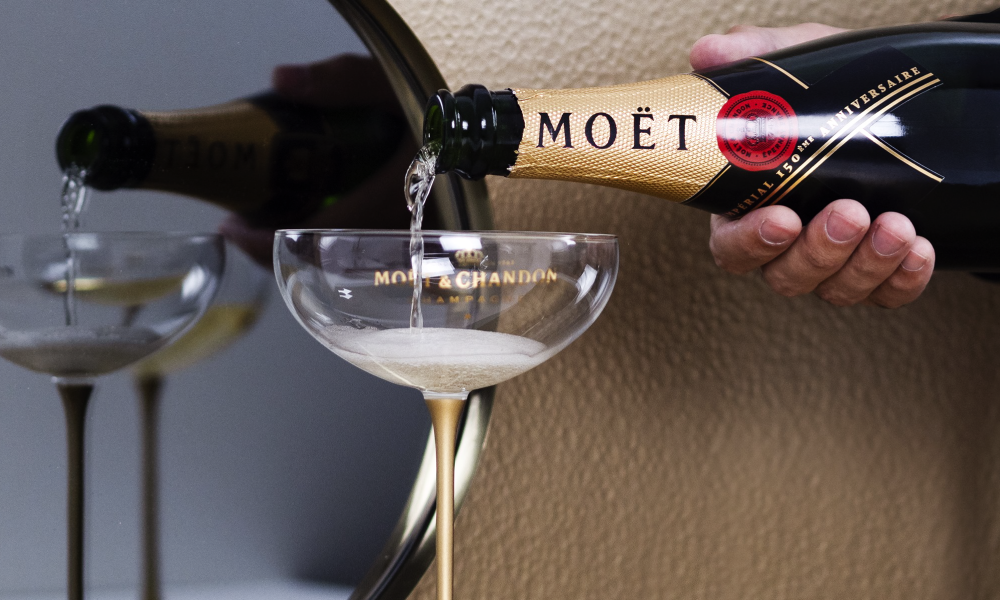There are champagne glasses and then there are champagne glasses. True champagners (my portmanteau for champagne drinkers) worth any of their hoity-toity weight in salt don’t just drink from any sparkling glassware, if you know what I mean.
But seeing as how one is talking about the world’s most iconic wine, it is only fitting that we first agree it deserves a drinking vessel of commensurate style and sophistication. The question remains however: is there a consummate champagne chalice?
Well, depending on the moment, you can go with the classic flute, the bowl, the tulip flute, the wide-mouthed coupe, or the white wine glass.
The coupe lends a touch of flair, the flute preserves bubbles, the stemless glass portrays casual elegance and practical acrylic prevents breakage. But many perceive the flute as the go-to glass for champagne.
Champagne connoisseurs will tell you that glass shape, depth and liquid surface area all influence the aromas and flavours reaching the receptors in our noses or mouths.
Bubbles also transmit aroma and flavour compounds to the surface of the wine. The greater the depth of liquid in the glass, the more the bubbles accelerate as they rise and the further they will spread across the liquid surface, increasing the surface area over which aroma is being released.
In a slender flute glass, there is a large depth of liquid but the narrow shape constrains the surface over which bubbles can spread. In a flat, wide coupe, the lack of depth means the slow-moving bubbles congregate near the centre with little bursting closer to the rim.
So a champagne glass ideally should be tall enough (like the flute) to allow the bubbles (and let’s face it: when we pop the bubbly, we expect to see …well… bubbles) and aromas to develop to the full bouquet.
Another factor is the head space in the glass. The straight-sided, open-topped shapes of the flute and coupe mean that aromas easily escape into the atmosphere whereas the in-curving tops of many wine glasses and tulip-shaped flutes are better at slightly enclosing the aromas released and funnelling them towards the nose.
The jury is probably still out on this one, but it’s safe to say that in order to enhance your clinking (I mean drinking) experience, you might switch up the glasses for different wines.
It is possible there is an optimal glass for each different cuvee, depending on the champagne’s aroma intensity and other characteristics. On the other hand, it could be a simple case of psychological influence or subtle priming.
If a sommelier mentions to his guest that the glass has been specifically selected as it optimises the aromas and flavours of that champagne, the guest might actually end up better enjoying the champagne! Which means that at the end of the day, it’s all in our minds!


